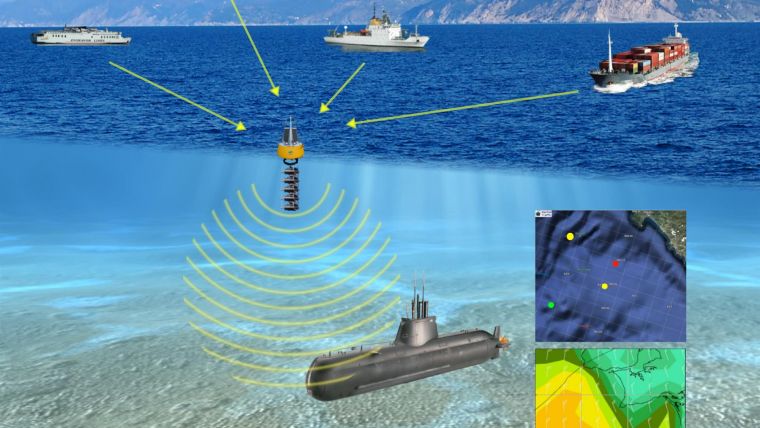JANUS Agreed as First International Underwater Communication Protocol
NATO Nations recently agreed that JANUS is the NATO Standard for digital underwater communications. This marks the first time ever for a digital underwater communication protocol to be acknowledged at international level, and it paves the way for a standardised 'Internet of Underwater Things'.
The protocol is a way of encoding information into sound simple enough that existing and new equipment can be brought into compliance with the standard relatively easily. It is named after JANUS, the Roman God of openings and gateways, because it opens the portal between different operating paradigms. In practice, it works like a Lingua Franca, and it can make military and civilian, NATO and non-NATO devices fully interoperable. As it happened not many years ago with the Wi-Fi protocol above the water, JANUS has the potential to leverage technological investments and create more value under the water, making all compliant assets (and networks of those) able to cooperate with a robust signalling method.
Adopted globally, JANUS is aimed at stopping the current underwater ‘Tower of Babel’ between modems and systems of different manufacturers and nations. For that reason the JANUS developing process has been, since the beginning, as inclusive as possible, involving academia, industry and governmental agencies. Tests of JANUS at sea have been conducted in the last years by CMRE on board the NATO Research Vessel Alliance, and using the innovative CMRE Littoral Ocean Observatory Network (LOON), which facilitates experimentation of marine robots’ mission-base teams by creating a monitoring acoustic network with tripods of underwater communications equipment sitting on the seabed but accessible by users across the world via web.
Aerial and terrestrial communication methods do not work well underwater. Therefore, none of the available communication protocols could be easily exported under the sea surface to work with and enhance capabilities of new game-changing robotic technologies. That is why the NATO STO Centre for Maritime Research and Experimentation (CMRE), based in La Spezia (Italy), has started about ten years ago to develop a digital underwater coding standard aimed at providing a baseline common denominator for underwater acoustic communications.

Value staying current with hydrography?
Stay on the map with our expertly curated newsletters.
We provide educational insights, industry updates, and inspiring stories from the world of hydrography to help you learn, grow, and navigate your field with confidence. Don't miss out - subscribe today and ensure you're always informed, educated, and inspired by the latest in hydrographic technology and research.
Choose your newsletter(s)
























